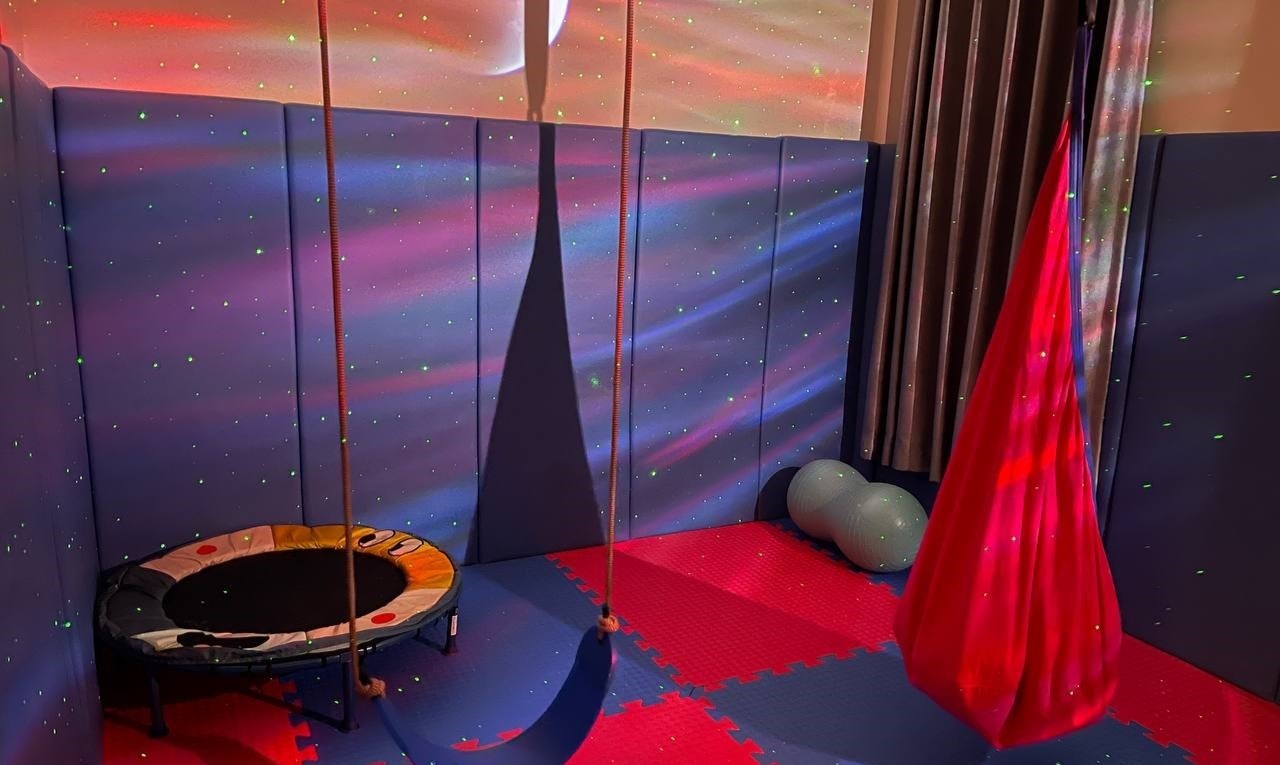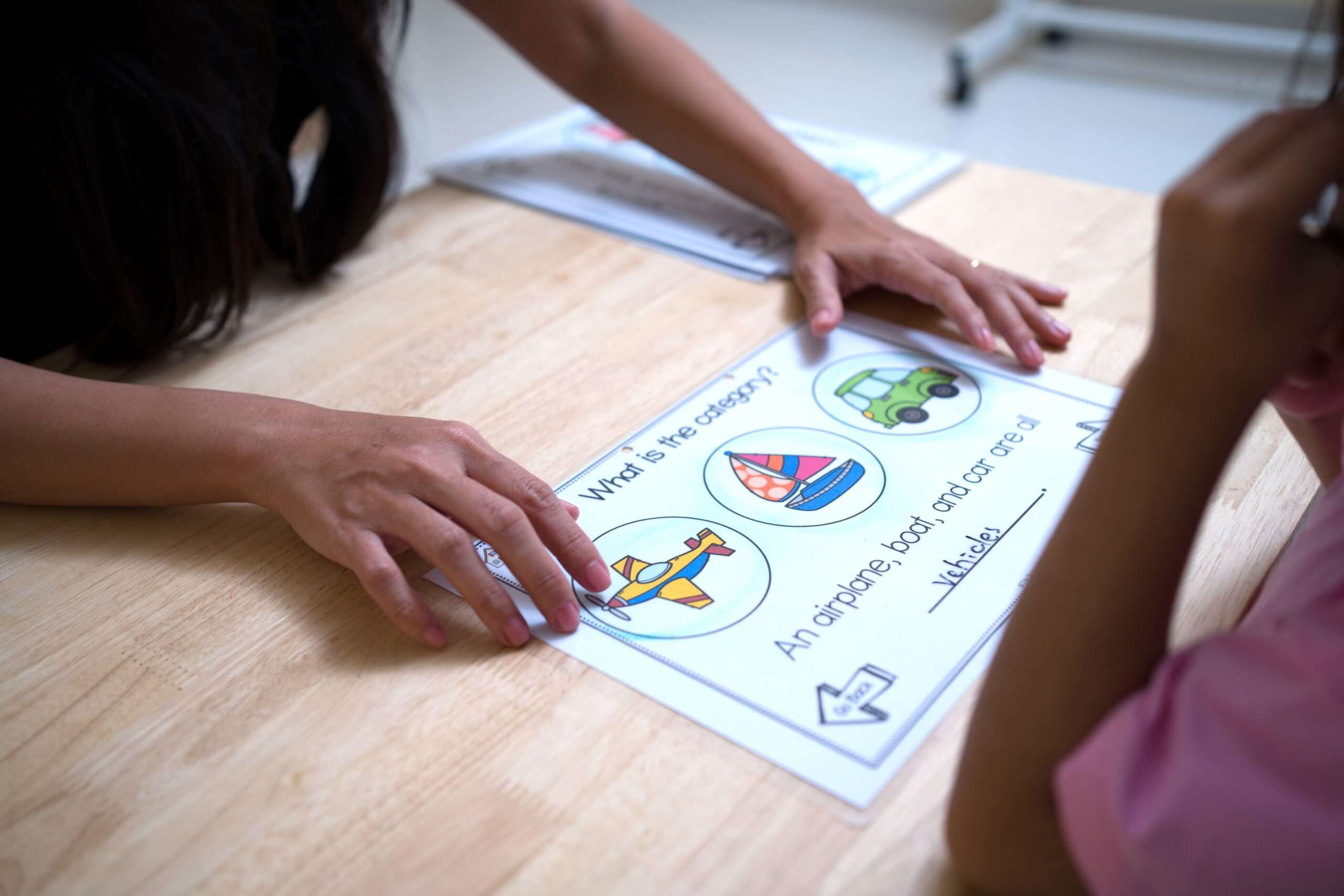Creating an inclusive learning environment for students with autism spectrum disorder (ASD) is crucial for their success and well-being. Among various support strategies, sensory rooms have gained significant traction in recent years. However, questions remain regarding their effectiveness and optimal implementation. This blog delves into the concept of sensory rooms for students with ASD, exploring their potential benefits, research findings, and considerations for effective use in educational settings.
Understanding Sensory Processing:
Individuals with ASD often experience sensory processing differences. Sounds, sights, textures, and smells that might seem innocuous to others can be overwhelming or uncomfortable. This can lead to difficulty focusing, anxiety, and behavioral challenges in regular classrooms.
Sensory Rooms as a Potential Support Tool:
Sensory rooms are designed to provide a controlled environment where individuals can manage their sensory processing needs. These rooms often incorporate various elements like calming lighting, soft textures, soothing music, and sensory toys. The goal is to create a space where students can regulate their sensory input, promoting relaxation, focus, and self-regulation skills.
Research and Evidence:
While anecdotal evidence suggests positive outcomes from using sensory rooms, research findings remain mixed. Some studies indicate potential benefits like reduced anxiety, improved focus, and increased engagement in learning activities. However, others point to limited evidence for long-term benefits and the need for more rigorous research.
Considerations for Effective Implementation:
1. Individualized Needs: Sensory rooms should be tailored to the specific needs of each student. What works for one student might not be suitable for another. Collaboration with therapists and educators familiar with the student’s individual profile is crucial.
2. Integration with Learning: Sensory room experiences should ideally complement, not replace, traditional learning activities. Short, targeted sessions can be incorporated into the school day to support students in transitioning between tasks or regulating their sensory input before returning to regular classroom activities.
3. Qualified Supervision: Sensory rooms require qualified supervision to ensure safe and effective use. Trained professionals should be present to guide students and monitor their responses to the various sensory stimuli.
4. Data-driven Approach: Regularly monitoring student progress and behavior is essential to assess the effectiveness of the sensory room. This data can be used to adjust the environment or discontinue the intervention if deemed ineffective.
Sensory rooms present a promising support tool for students with ASD in educational settings. However, it’s crucial to approach their use with an objective lens, considering individual needs, research evidence, and best practices for effective implementation. By integrating sensory room experiences into a comprehensive support plan, educators can create a more inclusive learning environment that fosters the development and success of students with ASD.






Leave A Comment